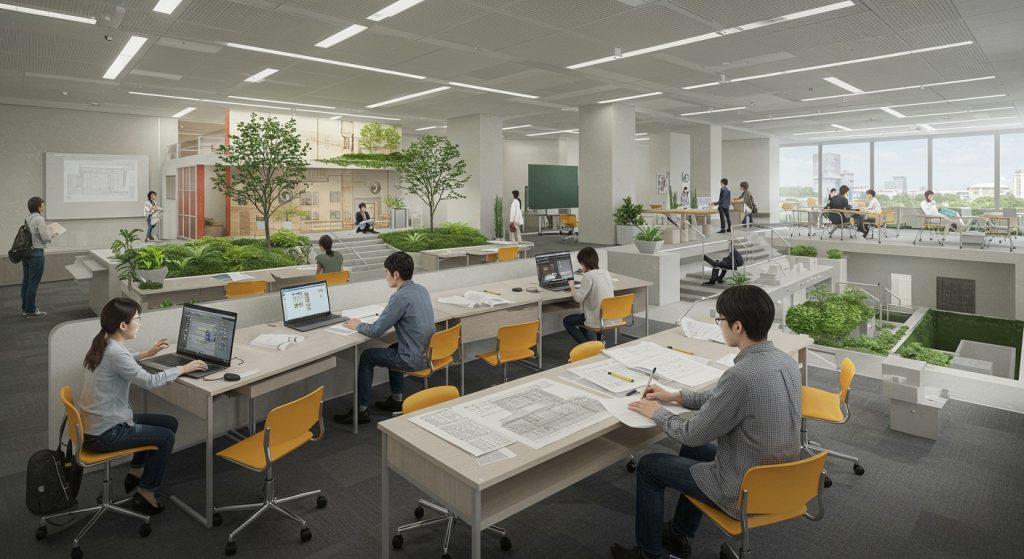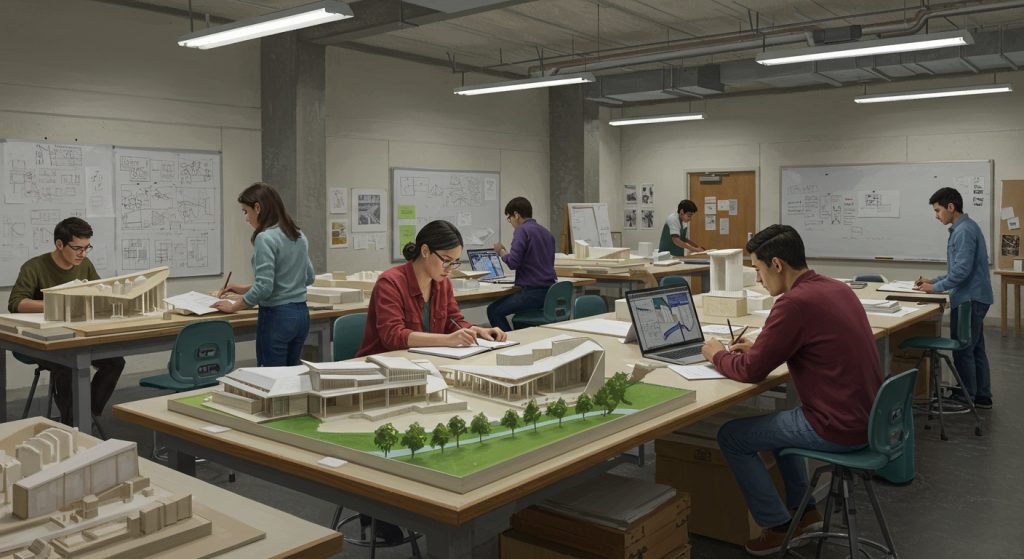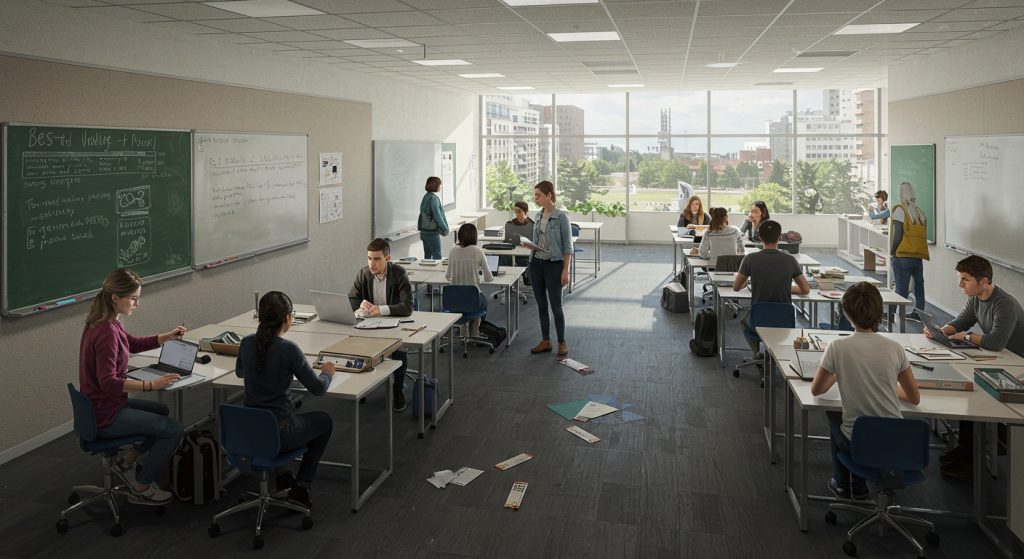Introduction
So, Japanese architecture schools, right? They’re seriously known for being tough but also super creative. They don’t just teach you how to design; they really drill into you the history and tradition while also pushing you to use all the latest tech. Basically, you come out knowing your stuff, ready to tackle anything from designing eco-friendly buildings to figuring out tricky urban planning problems. This article’s diving into some of the best architecture universities in Japan. We’re gonna look at what they teach, who’s teaching it, and how they’re actually making a difference in the architecture world. We’ll see where they really shine, whether it’s using crazy new digital tools, designing with computers, or preserving old buildings. Plus, we’ll give you the lowdown on what resources and research you can get involved in. Hopefully, this helps if you’re trying to decide where to go. And hey, if you’re curious about other options, you might want to check out this thing on the Best Colleges for Architecture in Canada: A Comparative Analysis for a different perspective.
FAQs
So, what makes studying architecture in Japan so special anyway?
Okay, picture this: ancient temples next to cutting-edge skyscrapers. Japan is a total design playground! Their approach is super detail-oriented and innovative, blending tradition with modern techniques. Plus, you get exposed to incredible craftsmanship and a unique aesthetic sensibility.
Which universities are like, the top dogs for architecture in Japan?
You’ve got a few heavy hitters. The University of Tokyo (Todai) is practically legendary. Kyoto University and Waseda University are also consistently ranked high. Then you’ve got Tokyo Institute of Technology (Tokyo Tech) which is super strong in the technical aspects. These are generally considered to be the best of the best.
What’s the vibe like at these architecture programs? Is it all drawing all-nighters?
Well, let’s just say be prepared to put in the work! Japanese universities are known for their rigorous academics. Expect long hours, a focus on precision, and intense critiques. But it’s also a collaborative environment where you’ll learn a ton from your professors and peers. All-nighters are definitely a possibility, but hopefully balanced with some sleep!
Do I need to speak Japanese fluently to study architecture there?
That’s a great question! While some programs might be offered in English at the graduate level, knowing Japanese will significantly enhance your experience – both inside and outside the classroom. You’ll be able to engage more deeply with the culture, understand lectures better, and find more internship opportunities. Even basic Japanese would be a huge advantage.
What kind of design philosophies do these universities emphasize?
Each university has its own flavor, but generally, you’ll find a strong emphasis on sustainability, urban planning, and integrating architecture with its surrounding environment. They also often explore themes of minimalism, spatial awareness, and the use of natural materials – reflecting traditional Japanese design principles.
Okay, and what about job prospects after graduating? Are there opportunities for foreigners?
The job market for architects in Japan can be competitive, but there are definitely opportunities for international graduates, especially if you have a strong portfolio and Japanese language skills. Many firms are looking for individuals with diverse perspectives and international experience. Networking is key!
Is it super expensive to study architecture in Japan?
Studying in Japan can be pricey, especially in major cities like Tokyo. Tuition fees, living expenses (rent, food, transportation) – it all adds up. Public universities are generally more affordable than private ones. Look into scholarships and financial aid options to help ease the burden. Planning a budget beforehand is crucial!



